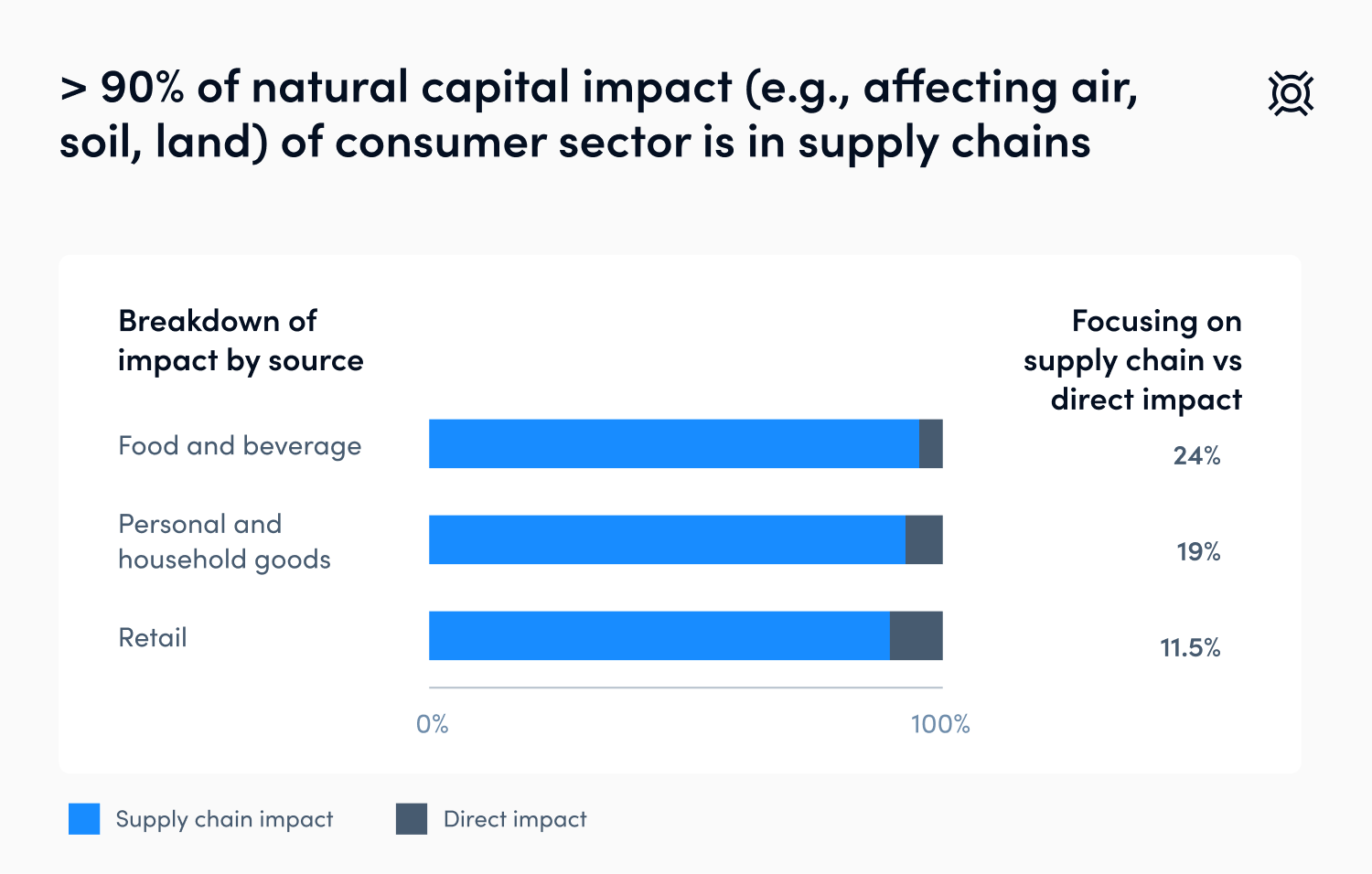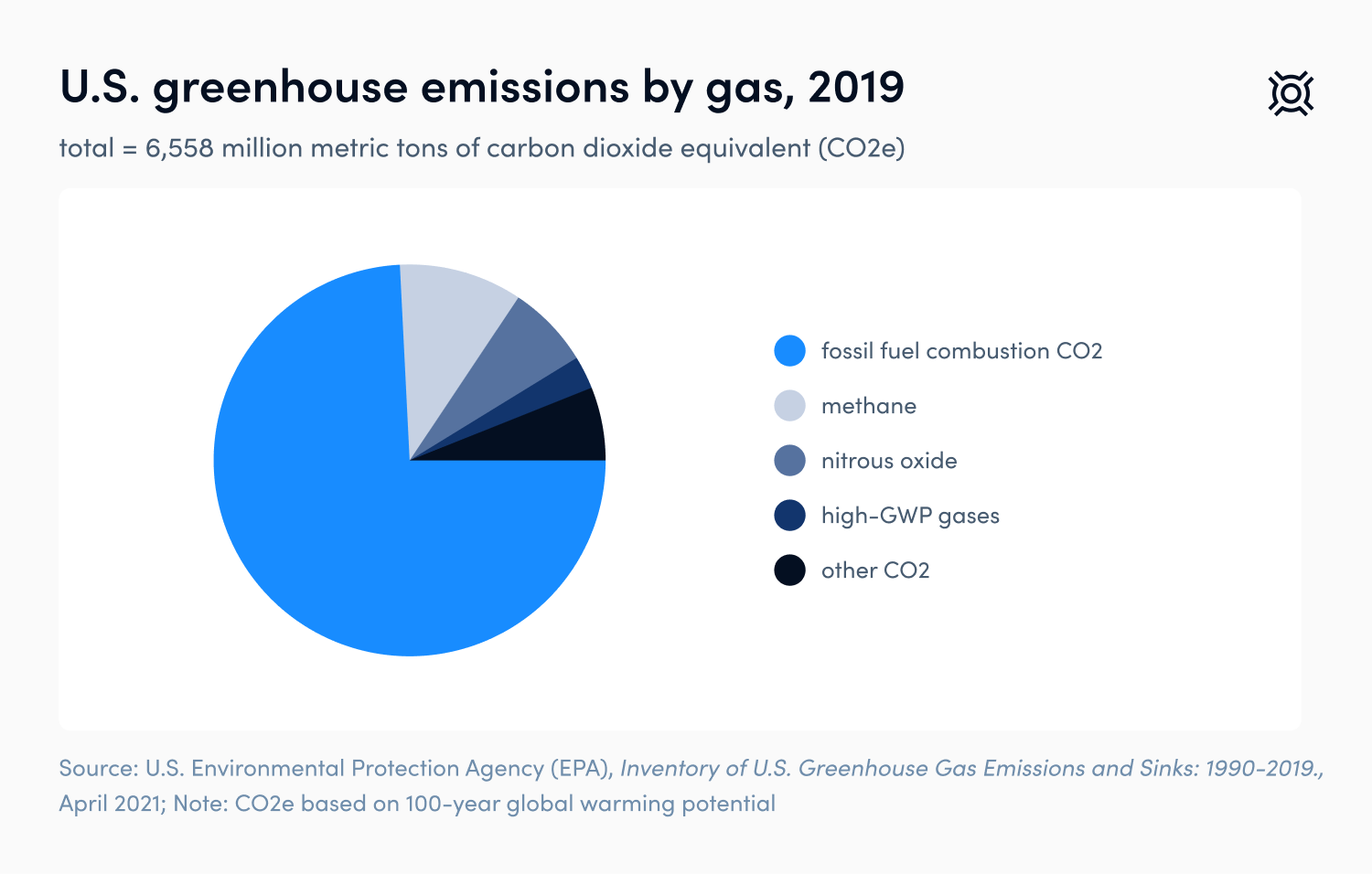Eco-Friendly Shipping and Delivery Tactics for Businesses
5 min read

Over 90% of impacts made to the environment by business-to-consumer (B2C) businesses come from their supply chain and delivery methods. That is, the amount of packaging and fuel a business uses during order fulfillment. Eco-friendly shipping and eco-friendly delivery focus on improving those metrics through changes in the supply chain—usually via the packaging and amount of fuel consumed.

Local businesses can control the environmental impact with in-house delivery rather than using other shipping options. Self-delivery also enables businesses to have more flexibility in how they ship to consumers, like using different or no packaging to reduce their environmental impact. However, self-delivery also allows for route optimization, further reducing fuel costs and carbon emissions for businesses looking to make eco-friendly delivery and eco-friendly shipping a top priority.
In this article, we cover:
- Concerns Regarding Sustainability in Supply and Delivery Chains
- 3 Strategies for More Eco-Friendly Shipping & Delivery
- OptimoRoute Has Helped Hundreds of Businesses Reduce Their Carbon Footprint
Concerns Regarding Sustainability in Supply and Delivery Chains
According to a CGS survey, 28% of consumers prioritize sustainability regarding brand loyalty. Yet, according to McKinsey, only 25% of companies work with suppliers to address embedded (or within the supply chain) emissions. So by showing your consumers that your brand is taking an active stance in reducing carbon emissions in your supply chain, you could stand out beyond your competition. Many brands take advantage of this marketing opportunity through packaging changes. However, there is one major emission culprit many brands don’t focus on—fuel emissions.
Fuel
Fuel emissions account for 74% of all greenhouse gas emissions caused by humans in the US, according to the Environment Protection Agency (EPA). Of that, 36% can be directly attributed to the transportation sector—where the supply chain lives. That’s why supply chain sustainability’s main concern should be eco-friendly delivery and the environmental impact of the fuel needed to transport products.

According to the EPA, 49.5 million tons of goods were moved per day in 2015, with expectations that it will increase by 23.5% in 2025. While the exact amount of fuel, and therefore emissions, must be calculated per vehicle, more tons moved will equate to more emissions created. Get ahead of this gain in emissions by focusing on eco-friendly delivery methods.
Packaging
According to the EPA, 14.5 million tons of plastic packaging were created in 2018. Plastic product packaging is a major concern in terms of sustainability, as it is most often single-use and sometimes not recyclable.
Let’s look at a plastic mailer. After arriving at the consumer’s home, this single-use package ends up in the trash within seconds. By the end of the week, it is in the landfill. The process is similar with bubble wrap, poly mailers, and many other common shipping supplies. As a result, some brands have invested in green packaging and have seen reductions in cost and emissions.
Chosen materials and their use determine the package’s impact on the environment. For example, a thick corrugated cardboard shipping box with lots of plastic packing peanuts will impact the environment more than a package made from thin recycled cardboard and compostable plastic-free inserts. There are a few major types of packaging materials—each with its impacts and costs.
Sustainable packaging can and will reduce carbon emissions and assist with eco-friendly shipping.
3 Strategies for More Eco-Friendly Shipping & Delivery
Prioritize eco-friendly shipping and eco-friendly delivery with these three strategies.
Reduce emissions with route optimization
Let’s say you use self-delivery for your business. You could deliver the orders as they come in. However, an alternative would be to optimize your delivery vehicle’s route to minimize fuel consumption before setting out on the road.
For example, an optimized route might mean delivering the third order placed first, something OptimoRoute can help determine and optimize.
OptimoRoute allows you to optimize your scheduling based on the packages you have and the truck’s load capacity. This enables you to increase the number of deliveries per day while using less fuel—increasing profits and reducing your environmental impact.
Use eco-friendly packaging materials
Fit more items in each box, take more deliveries in each truck, save on packaging costs, and reduce carbon emissions by using more eco-friendly options that reduce packaging waste. Eco-friendly packing includes recyclable cardboard boxes, compostable mailers, and air pillows.
One website, Trash is for Tossers, showcases many brands that have decided to eliminate single-use packaging from their brand’s shipping and delivery process and ideas for consumers who want to take part in the process.
Dell is another example of the success that can be found in reducing packaging. Dell chose to focus on eco-friendly shipping by reducing the amount of packaging and switching to renewable materials, both lowering the bottom line and reducing carbon emissions.
Use biodegradable & recycled materials
As Dell shows, retailers have alternatives to packaging options to using plastic. Instead of plastic, businesses can consider recycled paper or biodegradable packaging materials to reduce their environmental impact further. Biodegradable packaging is made from materials like bamboo, seaweed, and mushrooms, and it easily decomposes.
One company that’s taken to recycling and using biodegradable materials is Lush. This UK-based company uses biodegradable and recycles packaging from start to finish. Lush does this by offering reusable product containers, using cornstarch packing popcorn, and selling products “naked,” or sans all packaging.
OptimoRoute Has Helped Hundreds of Businesses Reduce Their Carbon Footprint
OptimoRoute is designed to increase revenue by decreasing how much fuel you use to complete your deliveries, a win-win for your business and the environment. Take a look at these two case studies where our system reduced carbon emissions by lowering fuel costs.
Country Growers deliver fresh fruits & vegetables
Country Growers is a daily delivery service for fruits and vegetables. The company had difficulties planning their deliveries because of the delivery windows required by the brand’s model. However, by using OptimoRoute, Country Growers reduced the fuel needed to complete the deliveries while ensuring each delivery was made during the specific time needed. You can read more about how OptimoRoute helped Country Growers by reading our case study.
Hardie’s Fresh Foods reduces mileage by 20%
Hardie’s Fresh Foods, a major Texas food distributor, was looking to optimize routes to lower fuel consumption. Before OptimoRoute, its scheduling system was slow and too hands-on for the logistics manager. After coming on board, OptimoRoute enabled it to modernize and automate the route scheduling of its 160-truck state-wide fleet. This optimization resulted in more eco-friendly deliveries via a reduction in mileage by 20% and a truck capacity gain (how much can be in each truck) of 14%. You can read more about how OptimoRoute helped Hardie’s Fresh Foods by reading our case study.
Try OptimoRoute today to see how optimized routing could reduce your carbon emissions and increase your revenue!
Try OptimoRoute™ for Free
No installation or credit card required


